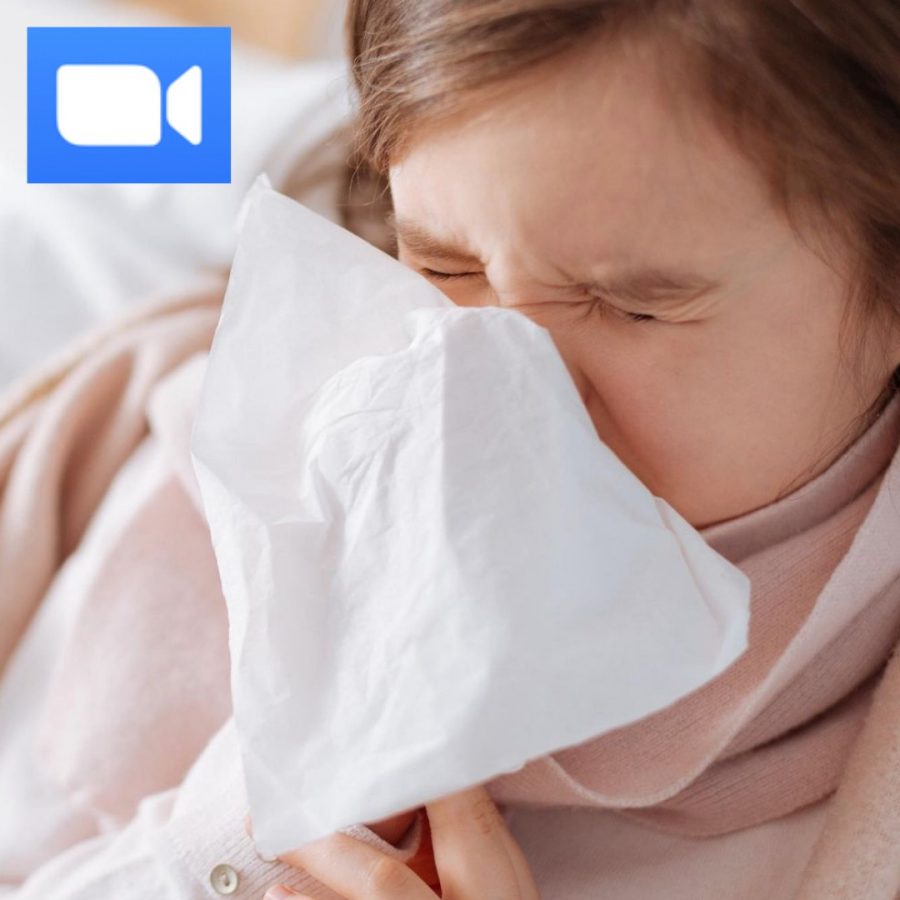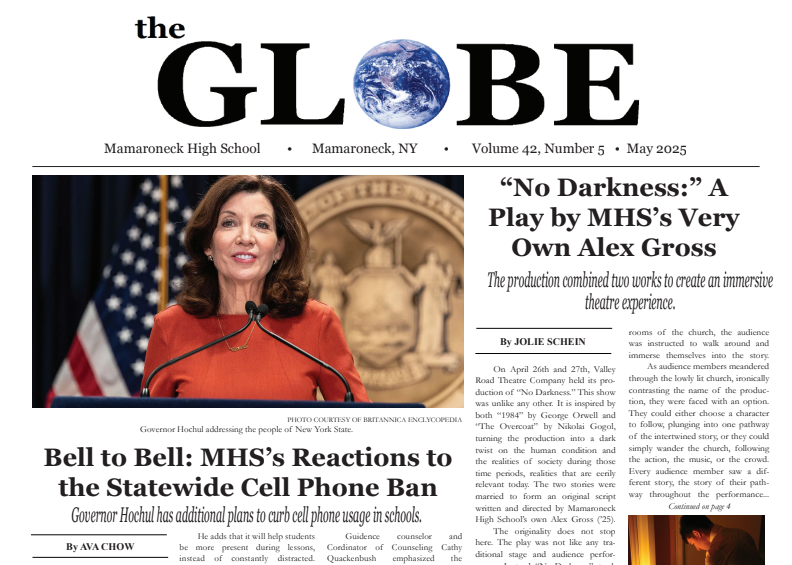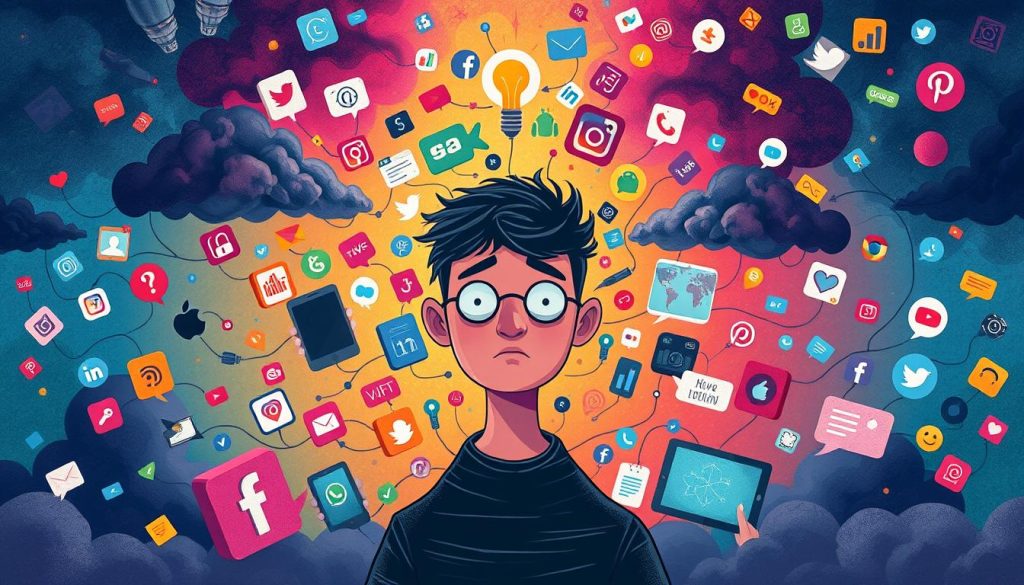Should Students be able to Zoom in when they are Sick Next Year?
June 23, 2021
Over the course of this year, Zoom has become a huge part of the lives of MHS students. Interacting through a screen was a difficult adjustment for many, but as time went on, they learned to adapt to this new way of life. As the months passed, students got more used to their online classes.
Simultaneously, the COVID-19 crisis started to get under better control. Gradually, more and more students were introduced back into the building until most students began attending full-time. With the progress that has been made, one can only hope that MHS is in the same place, if not a better one, by September. However, if MHS continues to have a mostly in-person learning model for the 2021-2022 school year, does this mean the end of Zoom as a way of learning after several months of usage at MHS? This concept is not well-liked by the student body, especially when considering how helpful Zoom can be on sick days.
“I think that [a sick day Zoom is] a great idea. It’s not the best idea to go into school when you’re sick, especially in times like this, but sometimes students need to attend a certain class so they don’t miss information,” says MHS student Briana Lopez (‘22). With the continued use of Zoom at MHS, students would have the option to tune in and follow along from home if they felt up to it. Without the option of Zoom, though, these students would go back to the pre-COVID reality where many end up being left behind due to the difficulty of catching up on missed work.
There are some downsides to this idea, though. Giving students the capability to participate in class when they’re sick may pressure them to join even though they’re not well enough. When students stay home from school due to illness, they’re meant to rest and try to feel better. Attempting to focus on schoolwork while sick gets in the way of this much-needed rest and could possibly cause kids to do poorly on the assignments they attempt to complete at home.
This isn’t the only issue with the notion of the sick-day Zoom, either. Although the concern about the pressure that students may feel to participate despite their sickness is very prominent in this discussion, there is another problem that is even more pressing: having a Zoom option for kids that are sick would risk encouraging students to fake illness in order to avoid going to school in person. According to CBS news, up to 10% of kids try to trick their parents into letting them stay home by feigning illness. This statistic could potentially increase if students are able to use the argument that they can still access their classes from bed. Nevertheless, the number of students that would genuinely gain from this tool would likely far outweigh the number of students that take advantage of it.
This year has been challenging in many ways for all of us, but there are silver linings that none of us can ignore. The accessibility and convenience made possible by Zoom is one of these silver linings, and is something that we shouldn’t discard just because it’s no longer a necessity. Zoom has improved the way things work here at MHS, and it would benefit students to make it a permanent part of the school even after the pandemic ends.






